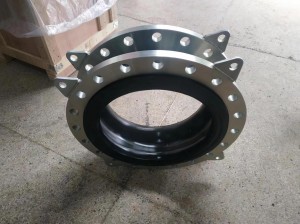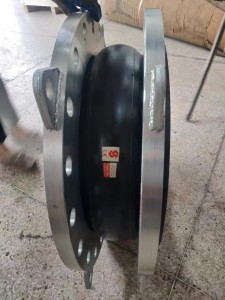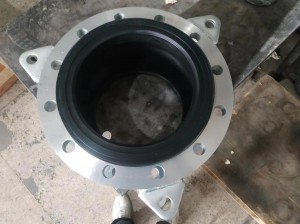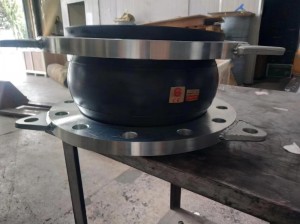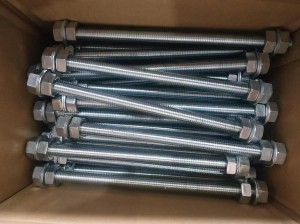In the realm of industrial infrastructure, rubber expansion joints play a pivotal role in ensuring the longevity and efficiency of piping systems. These critical components offer multifaceted benefits that cater to the dynamic needs of various applications, from chemical processing plants to HVAC systems and beyond.
Facilitating Flexibility and Movement Absorption
One of the primary advantages of rubber expansion joints lies in their ability to accommodate movements resulting from thermal expansion, contractions, and equipment vibrations. This inherent flexibility not only reduces stress on piping systems but also mitigates the risk of damage that could arise from rigid connections. By seamlessly absorbing movements, these joints enhance the overall reliability and safety of industrial operations.
Unparalleled Durability and Longevity
Constructed from robust rubber materials, these joints are engineered to withstand harsh environmental conditions and operational demands. This durability translates into extended lifespans for piping systems, minimizing maintenance requirements and downtime. Industries reliant on consistent performance find rubber expansion joints to be indispensable for maintaining system integrity over years of operation.
Guarding Against Structural Compromise
Beyond their flexibility, rubber expansion joints act as protective buffers against structural damage. By absorbing vibrations and movements, they prevent the formation of cracks and fractures in connected components. This proactive measure not only preserves the structural integrity of piping systems but also enhances overall safety standards within industrial settings.
Versatility Across Diverse Applications
Rubber expansion joints are highly versatile, capable of accommodating substantial movements within minimal space. They facilitate axial, angular, lateral, and torsional movements, adapting seamlessly to the operational dynamics of diverse industrial environments. Whether in chemical plants where corrosive substances flow or in power generation facilities subject to temperature differentials, these joints ensure operational continuity with their adaptability.
Improving System Performance
As essential connectors within complex infrastructures, rubber expansion joints contribute significantly to optimizing system performance. By minimizing the adverse effects of vibrations and thermal fluctuations, they maintain the natural integrity of structures and equipment. This enhancement in performance translates into operational efficiency gains and cost savings over the lifespan of industrial installations.
Conclusion
In essence, rubber expansion joints stand as indispensable components within industrial applications, offering a robust combination of flexibility, durability, and protective capabilities. Their ability to absorb movements and vibrations while enhancing system performance underscores their importance in maintaining operational reliability and safety. For industries seeking reliable solutions to mitigate structural risks and enhance efficiency, rubber expansion joints remain a cornerstone of sustainable infrastructure management.
For more information on how rubber expansion joints can benefit your specific industrial needs, please contact us to explore our comprehensive range of solutions tailored to optimize your operational reliability and safety standards.
Post time: Jun-21-2024

